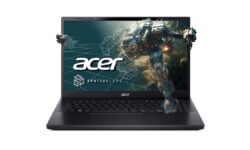Marvel Crisis Protocol Miniatures Game – Developer Interview
Interview with Will Shick, Head of Studio and Lead Game Designer
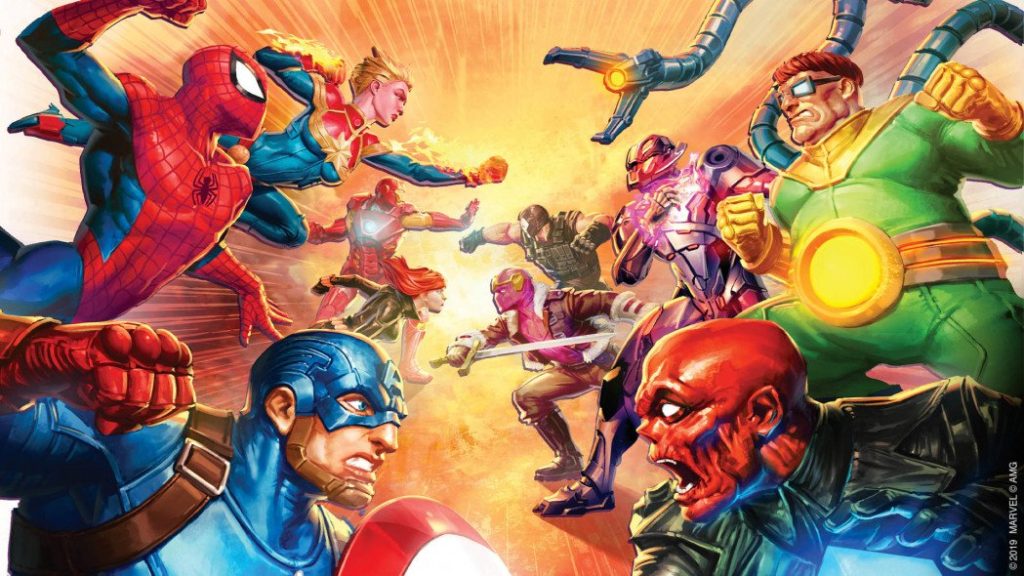
Marvel Crisis Protocolm from Atomic Mass Games, is a brand new Marvel Superheroes skirmish game that releases on 15 November 2019 with a core set, several character sets, and a scenery set.
The full rules can already be view on Atomic Mass Games’ website if you’re keen to see how the game works, and we’ll have much more coverage of the game in the coming weeks. We sat down with Will Shick, the Head of Studio and Lead Game Designer for Marvel Crisis Protocol to talk about the development process, the future for MCP, and what it was like to work with Marvel.
TechRaptor: Will, thank you for talking to us. Talk us through the design process for Marvel Crisis Protocol. Where did the idea come from? Was it a Marvel IP first, with scope for different tabletop products, or was it always a skirmish battle game?
Will Shick: In my head, there was no question that a great Marvel tabletop miniatures game had to be a skirmish-style battle game. Right away some themes become very clear. It needs to focus on the heroes and villains, the big characters, doing spectacular, incredible things. And it needs to allow people the freedom to explore the universe and tell their own stories together.
The roots of Marvel: Crisis Protocol are really drawn my childhood of playing with action figures. That’s really the thing I think is so awesome about tabletop hobby miniatures games is they are just a more organized way of playing out your own stories on the tabletop. So the idea really was, how do we take that joy of taking your Spider-Man and Ultron and smashing them together as they fight over the city of cardboard boxes with sharpie marked windows on them and put a game to it?
From there we took inspiration from classic console fighting games and RPG games and from a lifetime of hobby miniatures gaming and blended it all together to create something that we felt really captured the core excitement and action at the heart of comic book combat while keeping the narrative right at the heart of the game experience.
TR: In the design brief, what were the most important elements to get across?
Will Shick: We identified three foundational pillars for the game, and so these became our touchstones for everything as we went forward with designing the game. The first was the Power system, which is a dynamic resource system that players have to manage for each character over the course of a game. Power is what allows the characters to do all their super things like their big attacks and to activate their superpower abilities.
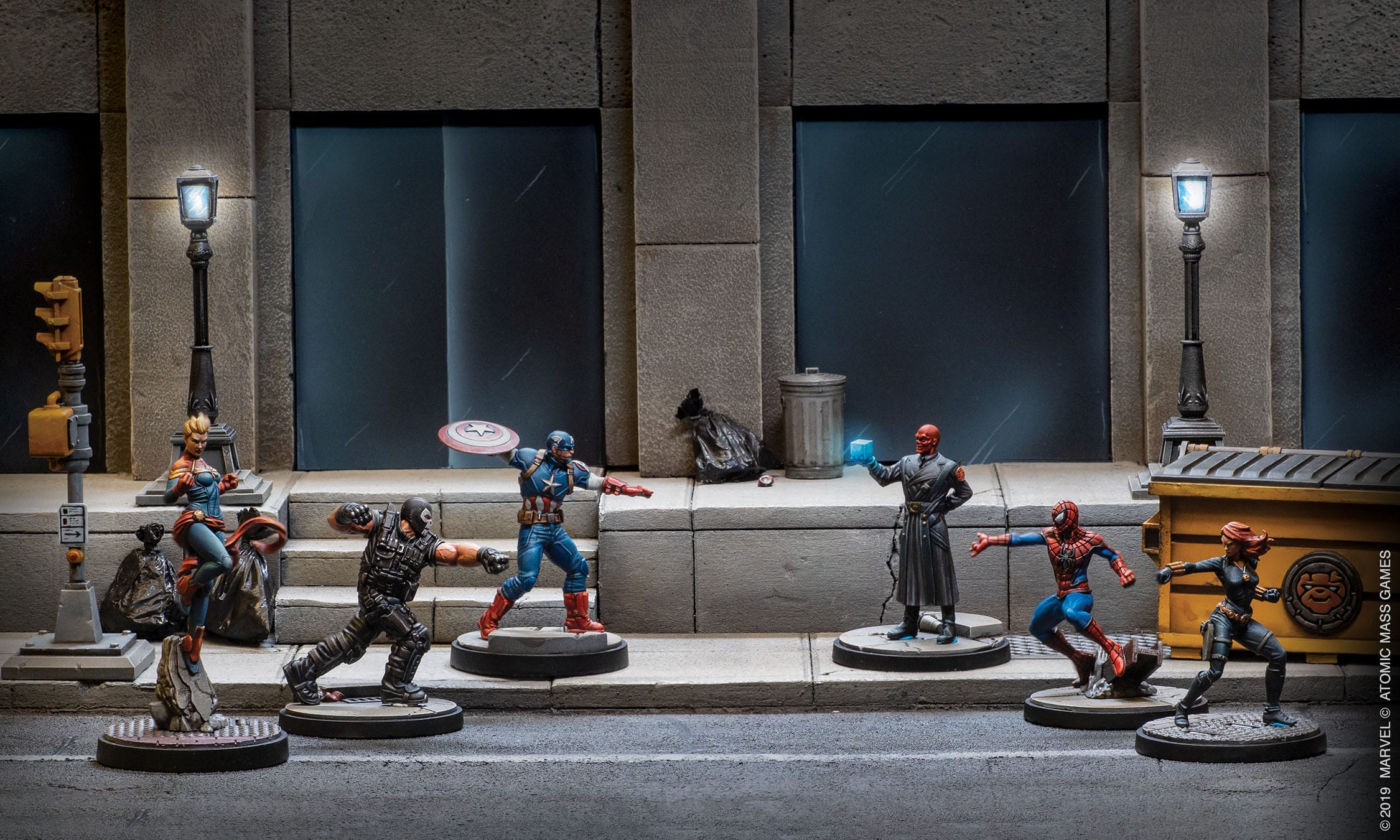
The second was a narratively focused, dynamic mission and team building system that gave players important choices in helping craft not only the mission objectives for the game, but also had a direct impact on the team of heroes and villains they would choose for the mission at hand. And it’s important to point out that while we talk about heroes and villains when constructing your team in the game there is no restriction on which characters a player can pick for their team.
The third pillar and my personal favorite was interactive terrain. There hasn’t been a superpowered battle yet in the pages of Marvel where a character hasn’t either been thrown, thrown someone else, crashed into an element of scenery, picked up an element of scenery and throw it into their opponents, or all of the above in various combinations. So, we knew that if we were going to deliver that Marvel experience, the terrain on the tabletop had to be more than just cool set dressing, it had to be destroyable and most importantly it had to have the potential to be used as an improvised throwing weapon.
Marvel Crisis Protocol2 Marvel Crisis Protocol teams face off in the street (Source – Atomic Mass Games)
TR: Were there many changes from brief to production in terms of game mechanics?
Will Shick: In all honesty there really weren’t any significant changes from the original V.0 rules to the final rules. There were a lot of small tweaks and tightening of wording in order to make sure the game was concise, clear, and most importantly balanced and fun. But that original draft looks remarkably similar to the game that’s releasing in November.
TR: What was the biggest change during development?
Will Shick: The biggest change was around the mission cards and how they worked together to form the overall objectives for the game. While we started off knowing we wanted to have a system where players dynamically constructed their mission for a single game together through the use of objective cards (which later became Crisis cards), getting the right balance while also making sure the objectives would consistently work together to create a great game experience even as more and more options and combinations were added to the mix. We started with the process using multiple cards, then a single deck of randomly drawn cards, then two decks with cards split into A and B halves, before finally coming to the system that exists in the game now.
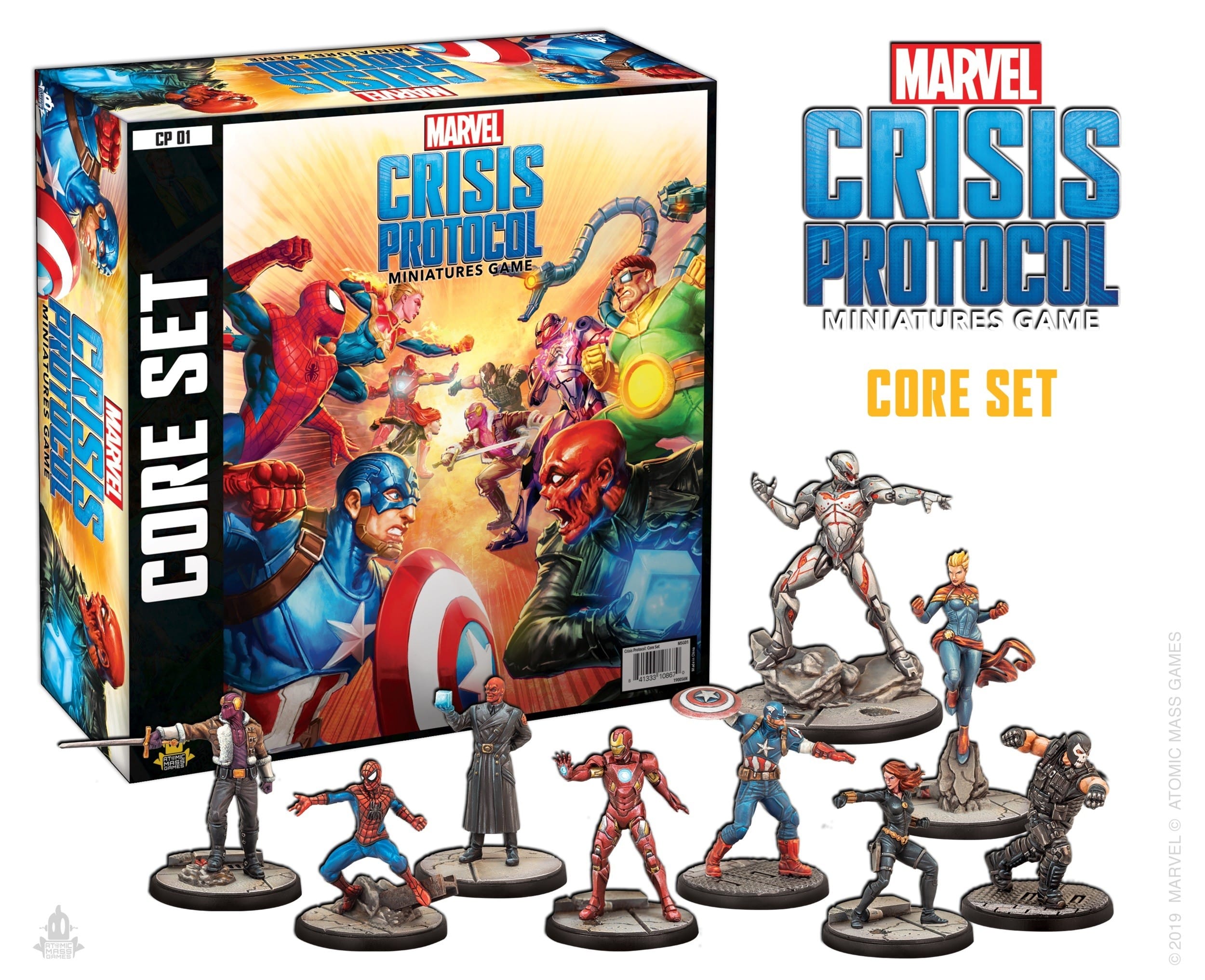
Similarly, the map layouts for the objectives and how and where those objectives were placed went through a lot of iterations as we learned what worked and what didn’t.
TR: How hard was it finding the balance between the different heroes in relation to how they appear in the comics?
Will Shick: My fundamental philosophy when approaching the character design was to think about the game like we were writing the Avengers or Guardians of the Galaxy or any other ensemble comic. So each character needed to really shine and be interesting and compelling and feel like the character from their solo series, but at the same time, they all needed to work together and support each other to make a greater whole.
So knowing that it was going to be okay for Captain America and Captain Marvel to have a similar power level in the game then allowed us to really hone in and craft into game rules the traits that really define them as characters, without necessarily having to worry about the minute specificity of much better either one of them could take a punch delivered by the Hulk.
Designing the characters is easily my favorite thing, as the challenge of taking decades of character history and then distilling it down to create characters that are at once immediately recognizable, feel like the character from the comics on the tabletop, and offer unique and compelling choices to players when building their teams is extremely rewarding.
In the end, everyone will have their own take on their favorite characters, and I’ll be the first to admit there was no way we could ever fit everything in given the sheer depth and history of each. But I do feel like overall we were really able to capture each character’s core essence and bring it to life in a way in the game that makes each one really feel like it jumped right off the page.

TR: How was the research carried out for the game? Was everyone given a stack of comics?? Did you play a lot of other current miniatures games or older versions of Marvel games?
Will Shick: I’ve been reading comics since I was six, so I guess I’ve been conducting research for most of my life. The same is true of our amazing Sculpting Director Dallas Kemp and our Marketing Coordinator Josh Colón. So creating the game really required very little dedicated research. Instead, we were able to draw on a lifetime of love and immersion in the source material.
The same is true of the miniatures games side. I’ve been playing tabletop miniatures games since I was 9 years old. Dallas has been playing and hobbying even longer than me. And our Senior Lead Developer Will Pagani has well over a decade and an impressive case full of trophies he’s earned over a decade-plus of playing both miniatures and non-miniatures tabletop games competitively. So again the research had already been done naturally just through our love of the hobby and games. It was this passion and knowledge that we drew on when trying to make something that really stood out and captured that Marvel feel.
TR: How closely did you work with Marvel on the project and how was it working with them?
Will Shick: We worked extremely closely with Marvel on the character designs and artwork for the game. It was an awesome experience and so much fun to get to work with the creative minds behind the universe that had consumed so much of our imaginations as readers and fans. It was also really amazing to see how excited Marvel was for our interpretations of the characters, and they were really great in letting us explore and adapt certain aspects of the characters to best bring them to life in miniatures form.
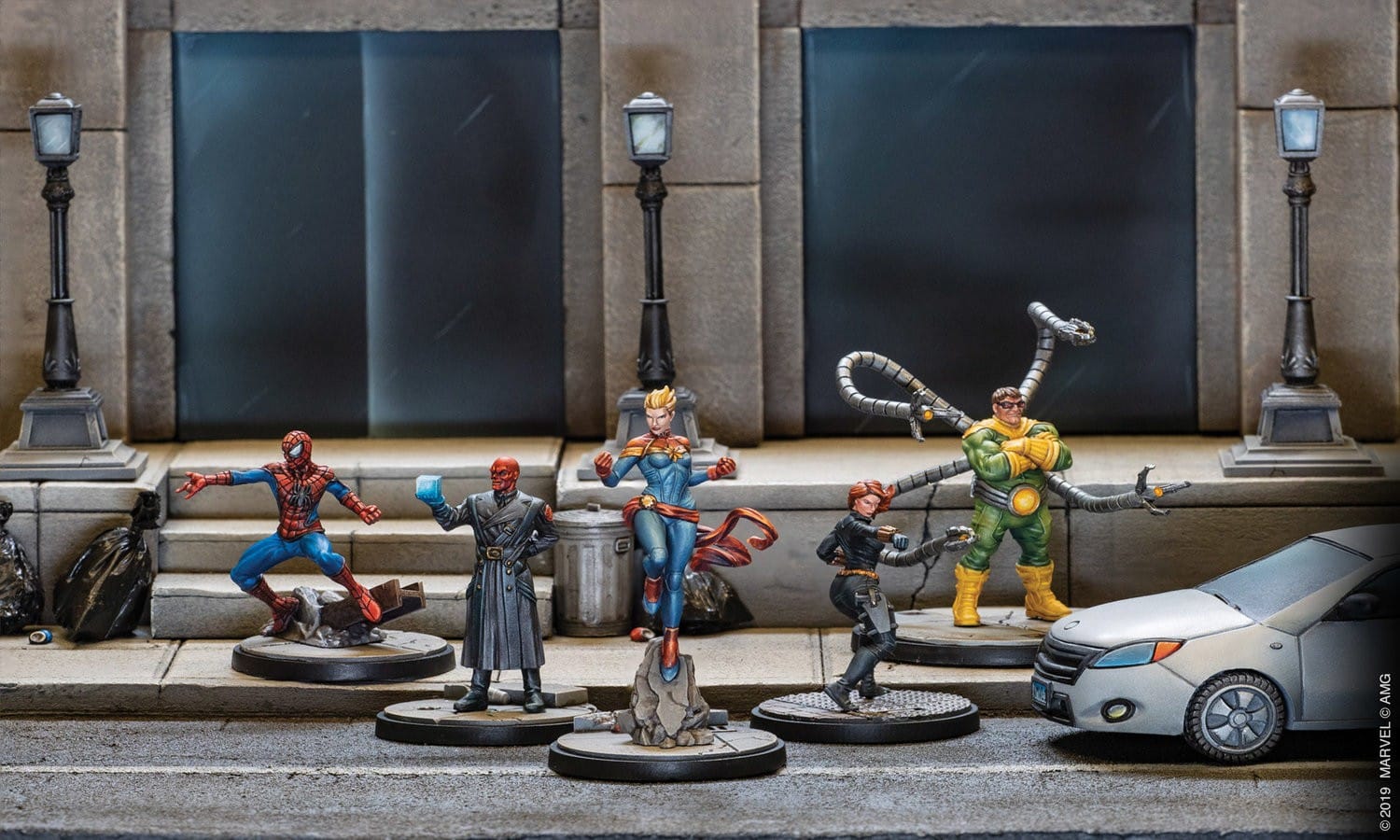
TR: IP products are always a challenge to create with capturing theme. How are the Marvel heroes and theme captured in Marvel Crisis Protocol so that it isn’t just a miniatures game with a Marvel skin?
Will Shick: On the character side we used a three-part system to really capture the unique feel of each character. The first part are the character’s basic stats such as health, speed, and defenses. These let us define if the character is fast or slow, durable, and how well they do at defending against different attacks.
The second piece are a character’s attacks. We divided attacks into three different types: physical (punches, ballistics, and such), energy (lightning blasts, cosmic rays, etc.), and mystic (psionic beams, mind control, and magic). This lets each attack feel correct to the character and allows us to do a lot of fun and thematic things with how characters handle different attacks with their defenses and superpowers.
The third part are the character’s superpowers. These are the special abilities that the character has access to. Captain Marvel, for instance, has a superpower called Energy Absorbtion which allows her to use certain results in her defense roll when defending against energy attacks to modify her opponent’s hits to misses and in return generate more Power for herself. When used in different combinations, these three pieces allow for an incredible amount of variation and differentiation that allows each character to feel like it had lept straight from page to tabletop.
On the game side, the core element for us was keeping every game focused on the narrative and the mission. While superpowered combat is a key aspect of the game experience, we didn’t want it to be the heart of the game. The best comic arcs and series aren’t the ones where the characters just fight for fighting sake. It’s the ones where the combat results as a part of the greater story that drives the characters to take the actions they do. In Marvel: Crisis Protocol we worked very hard to make sure that every objective had a direct impact on the game, causing the Crisis cards to help set the stage and narrative for the action that was about to unfold on the tabletop. We made sure that the objectives weren’t just some nondescript flag or a random zone on the map, but that each objective contributed and impacted the actual tactics and gameplay players employed.
TR: You’re hitting two markets with the game, experienced miniature gamers and fans of Marvel who’ve never played miniatures games. Each market has its own needs. How was it balancing between both?
Will Shick: It was definitely an interesting challenge, but ultimately our passion at Atomic Mass Games is about spreading the love and enjoyment of the hobby. As such, we really focused on thinking about the end-user when it came to creating the miniatures and the game. The challenge was balancing ease of entry and providing a means of success for someone who’s never assembled or painted a miniature before, while also making sure that the same miniature is rewarding for someone who’s been hobbying and painting all their life. To achieve this, we made really intentional design choices. Spider-Man is a great example of how we approached this balancing act. Traditionally his webbing would have either been left off with the expectation that the end-user would paint the lines on or it would have been done as an extruded (raised) detail. While extruded detail is much better than having to freehand it, the sheer amount of webbing someone would have to paint, and the skill and techniques required to achieve black lines over red, we felt wasn’t going to provide the fun and rewarding experience we wanted for someone who was just learning to paint for the first time. As such we decided to make all the webbing insert, which allows the whole miniature to be painted with really simple and straightforward techniques by a beginner and still achieve awesome results.
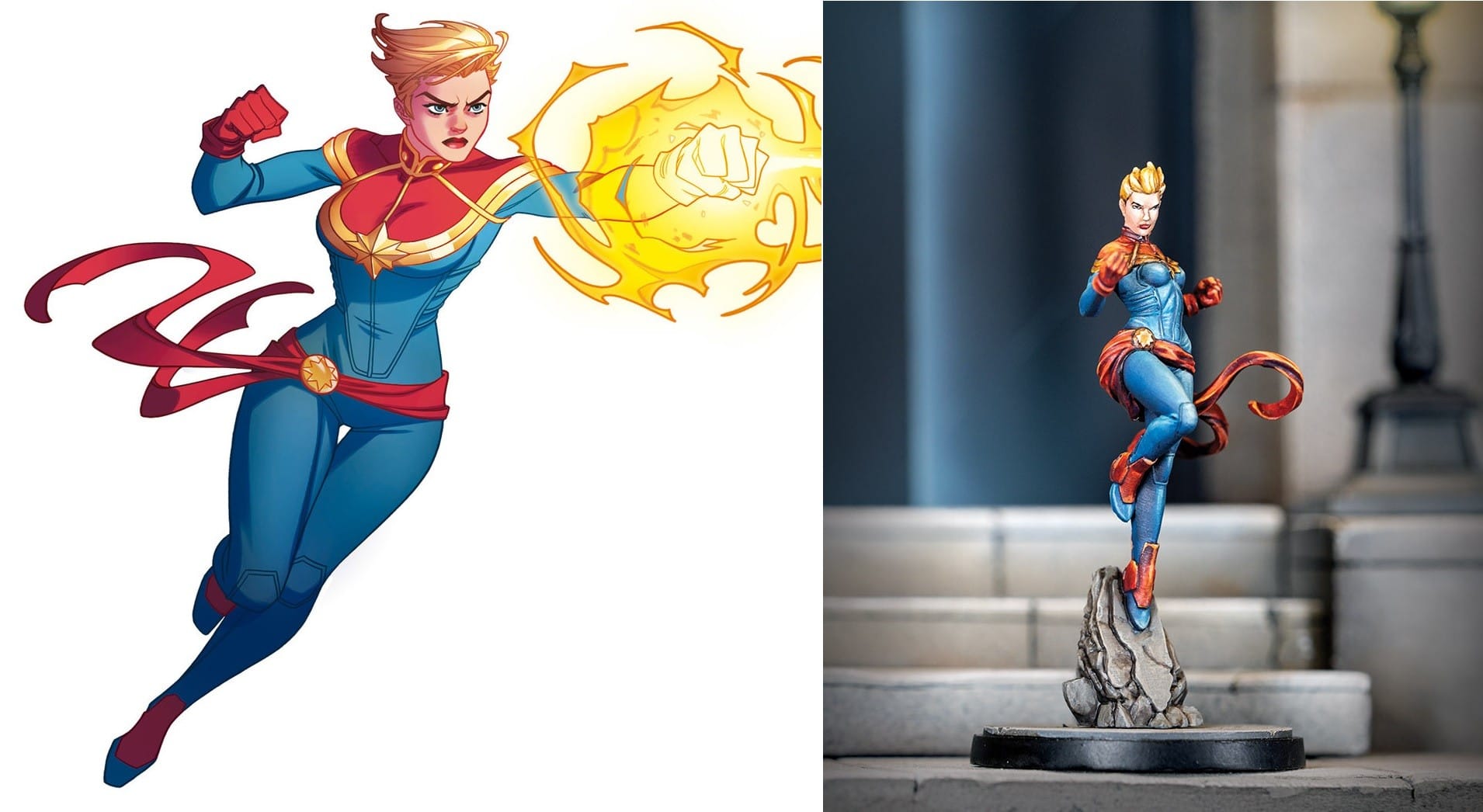
TR: Marvel Crisis Protocol uses custom dice and range measuring tools. Was that always part of the game design or was the use of number dice and tape measures considered?
Will Shick: The custom measuring tools and dice were always a part of the game. I really wanted the dice to play a part in helping tell the story of the actions that were taking place. So by using the custom dice not only were we able to control the probability like we wanted, but we also were able to use them to help tell the story of the action happening on the tabletop. Rather than, I need X number to hit, each dice roll mimics the back and forth of two characters actually engaged in combat. Not only does this keep both players engaged in the action, but it also helps make each dice roll exciting as players attack, defend, and use superpowers to try and shift the action to their favor.
For the movement tools, these were used to streamline and remove a lot of the vagueness that using a traditional tape measure can lead to. With the tools, it’s very easy to make clear, quick measurements. And for people who have never played a miniatures game before, it allows everyone to have everything they need to jump into playing the game (no more raiding the toolbox) right out of the box.
Marvel Crisis ProtocolOfficial Captain Marvel artwork beside the upcoming Captain Marvel, Crisis Protocol miniature (Source – Atomic Mass Games)
TR: The sculpts look fantastic. Was it easier to create the Marvel Crisis Protocol miniatures because of the wealth of visual material already out there, or harder because of the expectation?

Will Shick: Honestly it was a double-edged sword. On the one hand, it was incredible to have such a sheer wealth of reference to draw from. However, the challenge was similar to the one we faced when writing the rules for the characters. With so many different eras and creative teams each having put their own special touches and takes on these characters there were a lot of subtle variations and options to choose from. And whatever we chose had to take into consideration the plastic tooling and production process to make sure the final designs would lead to the best possible plastic miniature.
In the end, I can think of a lot worse ways to spend a workday than debating and pouring over pages of Marvel comics trying to come up with the perfect costume design for Captain America or Baron Zemo. So while it was challenging at times, it was also incredibly rewarding and again, Marvel was a fantastic partner and resource for us.
TR: Some Marvel heroes have gone through a lot of iterations and versions in their history. What versions are the focus for the Marvel Crisis Protocol sculpts?
Will Shick: For the initial launch, we focused primarily on the most iconic iterations of the characters. Spider-Man has had a ton of different suits over his storied history, but nothing compares to the classic red and blue. My thought process was always putting it through the Mom test. If I showed my Mom the miniature, would she instantly be able to recognize it? If the answer was yes then I felt pretty confident we were on the right track.
Marvel Crisis Protocol
TR: Is there going to be an Organized Play package for Marvel Crisis Protocol?
Will Shick: We will be launching a robust organized play program day one alongside the release of the game. One of the big standouts of our approach to organized play is that our in-store program is what we call “Play Focused organized play.” There are no prizes for 1st, 2nd, or 3rd nor is the emphasis of any event on winning. Rather the focus of our organized play is to bring players together and provide a fun, organized event full of games where players can enjoy the hobby with each other and earn some cool awards in doing so. Each event will have special awards that players can earn simply through participating in the game and hobby. So, win or lose, everyone walks away with cool stuff and the enjoyment of playing in a community together.
TR: The scope for expansion with the Marvel Crisis Protocol is huge and the initial releases contain a lot of the core favorites. In terms of time, how far ahead has the planning gone in terms of release content so far?
Will Shick: We are years ahead in terms of planning and work. We knew from the start that it was vital the game has regular, monthly releases not only to keep the game fresh and growing but also because it was the only way we’d ever be able to scratch the surface of getting all the awesome characters from the Marvel Universe into miniature and onto the tabletop.
TR: What’s next for Marvel Crisis Protocol after the initial wave of releases?
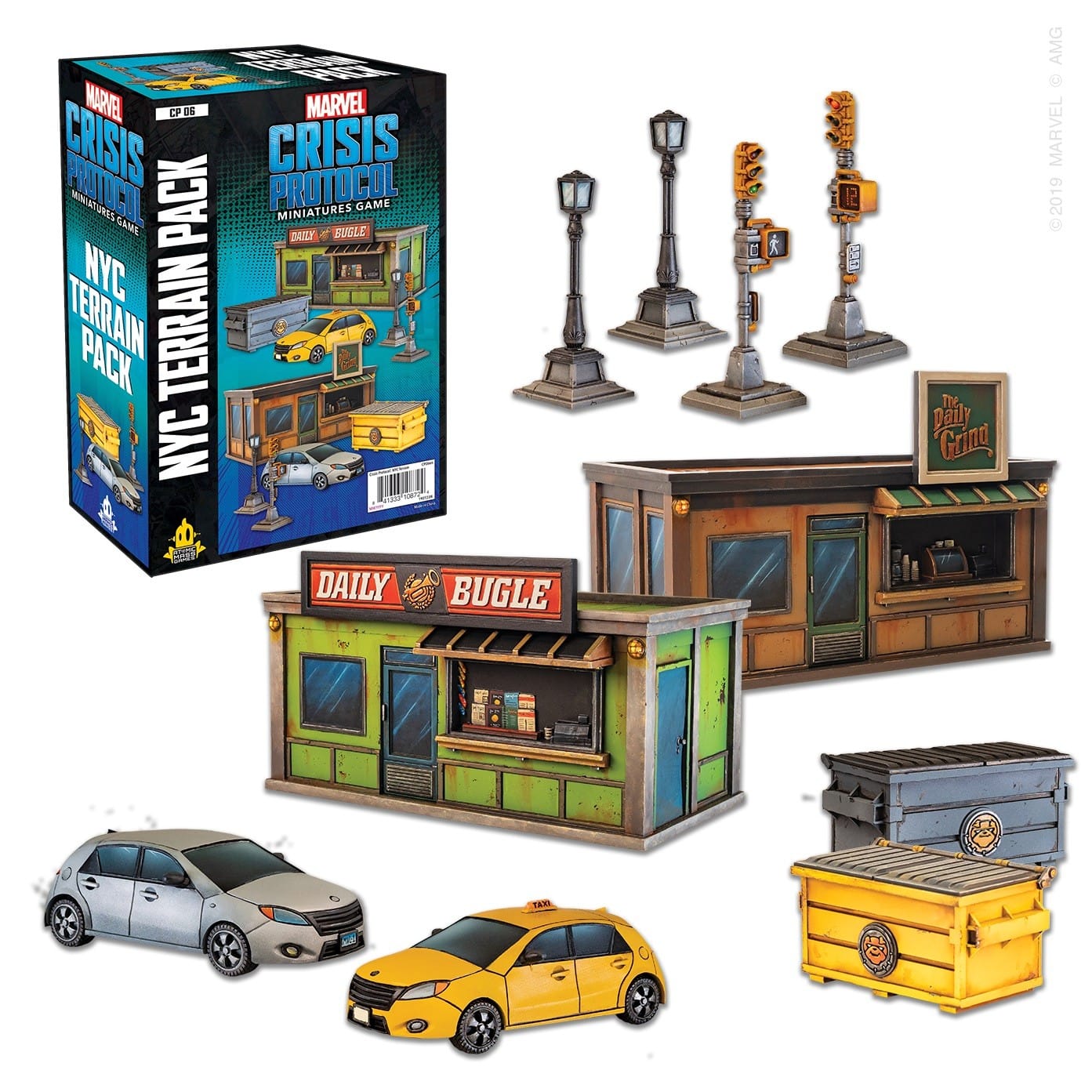
Will Shick: We’ve got lots planned for the game, but probably the most exciting one is the introduction of a new game format we’re temporarily calling “raids.” In Marvel: Crisis Protocol, raids consist of 2 players teaming up with their squad of Marvel characters to take on a super big bad boss controlled by a third player. We also have some really fun organized play events coming up that focus on various characters and storylines from the Marvel Universe. These events provide new versions of characters, special narrative missions, and special variant artwork cards players can earn. Because of their unique design, these story events really provide players a new way to think about the game and really dive into the narrative of the Marvel Universe in a direct way.
Marvel Crisis ProtocolThe upcoming NYC Terrain Pack for Marvel Crisis Protocol (Source – Atomic Mass Games)
TR: Who is your favorite Marvel character or Team?
Evan Kang (Digital Engineer) – X-Men
Dallas Kemp (Sculpting Director) – Wolverine
Marco Segovia (Digital Engineer) – Spider-Man
Will Pagani (Senior Lead Developer) – The Black Order
Josh Colón (Marketing Coordinator) – Daredevil
Will Shick (Head of Studio) – Thor (Jane Foster)
TR: Who is your favorite character in Marvel Crisis Protocol?
Evan – Ultron, because I’ve always had a soft spot for homicidal A.I.
Dallas, Josh, and Pagani – M.O.D.O.K., because of his ability to control and manipulate his enemies
Marco – Spider-Man, speed, webs, and Spider-Sense what more could you want?
Shick – Baron Zemo, I love the combo of aggressiveness and speed Zemo brings alongside his multiple re-roll abilities.
TR: What’s your go-to team for Marvel Crisis Protocol games?
Evan & Pagani – Red Skull, Ultron, Baron Zemo, M.O.D.O.K.
Dallas – Captain Marvel, Black Widow, Spider-Man, Crossbones, Iron Man
Marco – Spider-Man (Peter Parker), Spider-Man (Miles Morales), Ghost-Spider, Venom
Josh – Captain America, Spider-Man, Black Widow, M.O.D.O.K.
Shick – Captain America, Baron Zemo, Black Widow, Hulk


